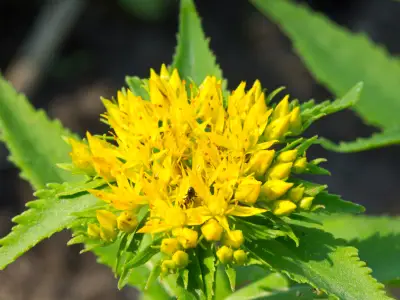Cupping therapy originates from various cultures around the world, and has been utilised for centuries to promote physical and mental well-being. In this article, we’re exploring the principles, techniques, and benefits of cupping therapy, shedding light on its therapeutic potential and how it can enhance your overall health!
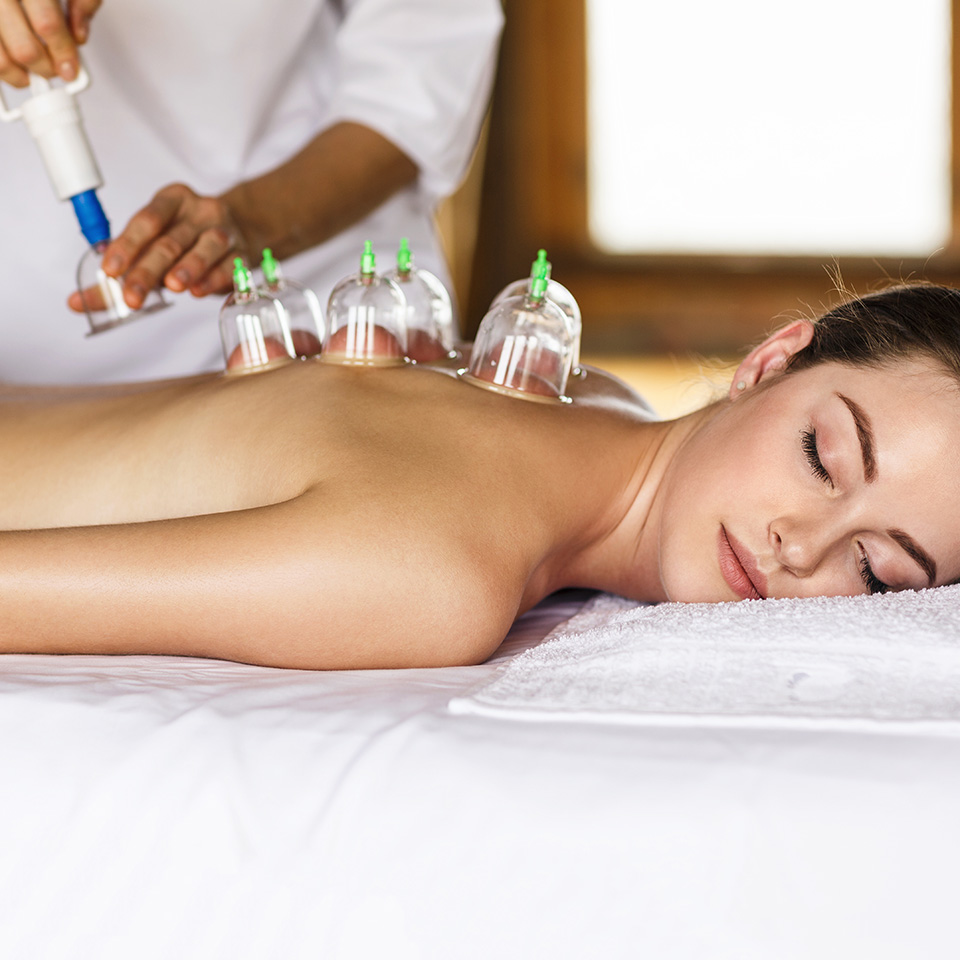
What is Cupping Therapy & How does it Work?
Cupping therapy is an ancient healing practice that involves placing cups on the skin to create suction. This technique is designed to stimulate the flow of energy and promote healing within the body. The cups used in cupping therapy can be made of various materials, including glass, silicone, or bamboo.
The process of cupping therapy begins with creating a vacuum inside the cups, either by heating the air inside or by using a suction pump. Once the cups are applied to the skin, the suction effect draws the skin and underlying tissues into the cup, creating a temporary seal. This suction stimulates blood flow, encourages the release of toxins, and relaxes the muscles.
The principles behind cupping therapy revolve around the concept of balancing the body's energy flow, often referred to as qi (pronounced "chee") in traditional Chinese medicine. According to this philosophy, blockages or imbalances in the flow of qi can lead to various health issues. By applying cups to specific areas of the body, cupping therapy aims to restore the balance of qi, promote circulation, and facilitate the body's natural healing processes.
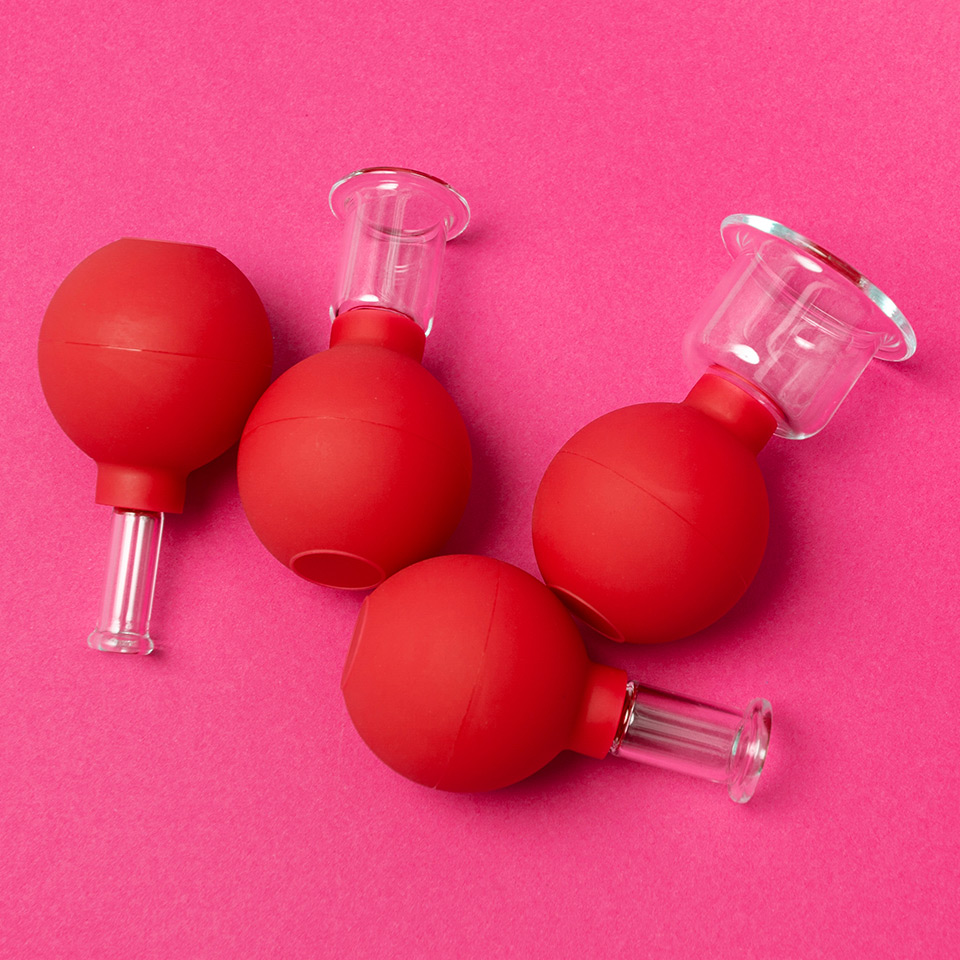
Types of Cupping Therapy
There are different types of cupping therapy, including:
Dry Cupping
This is the most common form of cupping therapy, where cups are applied directly to the skin without any additional substances.
Wet Cupping
In this technique, small incisions are made on the skin before applying the cups. Once the cups are removed, the practitioner may perform controlled bleeding or apply medicinal substances to enhance the healing process.
Fire Cupping
This traditional method involves briefly heating the air inside the cups to create a vacuum before placing them on the skin. The heat source is usually a flame, which is swiftly removed before applying the cups.
Vacuum Cupping
This technique utilises a suction pump to create the vacuum inside the cups, eliminating the need for heat or fire.
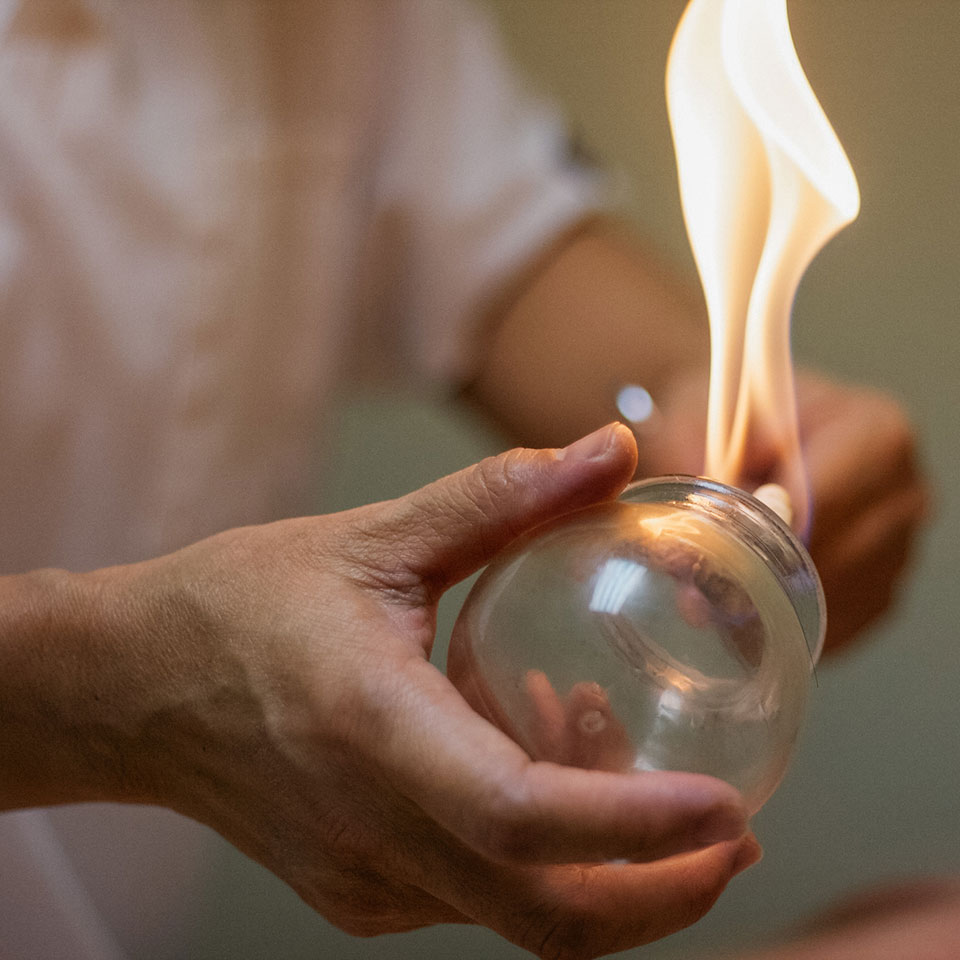
What are the Benefits of Cupping Therapy?
Pain Management
Results have shown that cupping therapy can relieve pain associated with muscular tension, sports injuries, and chronic conditions like arthritis. The suction created by the cups helps to increase blood flow, relax muscles, and reduce inflammation, providing relief from pain and promoting faster recovery.
Better Circulation
The suction effect of cupping therapy improves circulation by increasing blood and lymphatic flow. This enhanced circulation helps to deliver oxygen and nutrients to tissues while facilitating the removal of metabolic waste and toxins.
Stress Relief
Many people find cupping therapy to be a soothing and rejuvenating experience, helping to alleviate anxiety and tension. The gentle pressure and suction on the skin stimulates the parasympathetic nervous system, promoting a state of relaxation and reducing stress levels.
Improved Skin Health
By improving circulation and promoting lymphatic drainage, cupping therapy can help to reduce acne breakouts, diminishing the appearance of scars, and minimising cellulite.
Sports Performance
By increasing blood flow to injured areas, cupping therapy can help to speed up healing, reduce pain, and enhance muscle function for athletes.
Various Cupping Techniques & Tools
Cupping therapy utilises various techniques and tools to achieve therapeutic effects. Traditional methods include hijama cupping (which involves incisions on the skin), bamboo cupping for deep tissue penetration, and horn cupping (now less common).
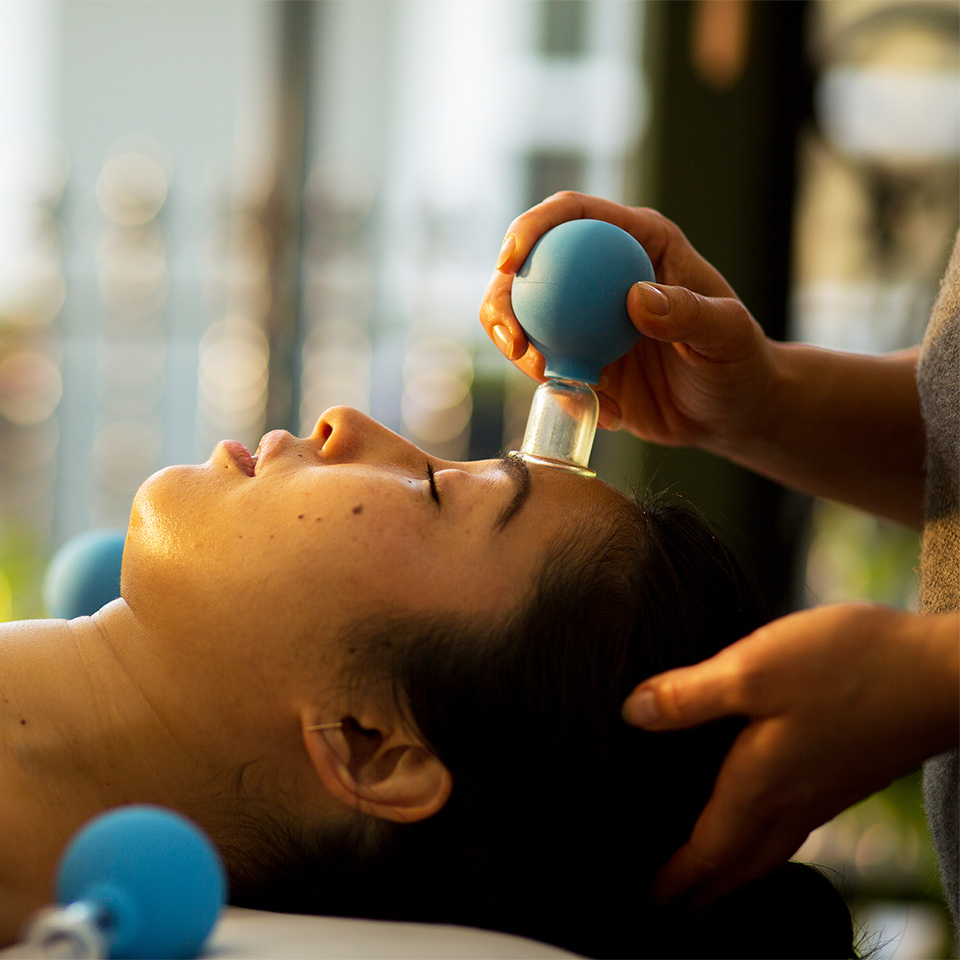
Preparing for a Cupping Therapy Session
What to Expect
Before your cupping session, it's important to prepare yourself physically and mentally. Wear loose and comfortable clothing to allow easy access to the treatment area. Communicate any specific concerns or medical conditions to your practitioner. They will assess your health and determine the appropriate cupping technique and intensity for your needs.
The Cupping Process
The cupping procedure typically follows these steps:
- Preparing the skin - The treatment area is cleansed to ensure proper hygiene.
- Application of oils - A thin layer of oil or lubricant is applied to the skin to allow the cups to glide smoothly.
- Cup placement - The cups are placed on the skin, creating a suction effect. The cups may be left stationary or moved in a gliding motion (depending on the technique being used).
- Duration: The cups are usually left in place for 5 to 15 minutes, although the exact duration can vary based on the individual's response and treatment goals.
- Cup removal: The cups are gently removed by releasing the suction, often by pressing the skin near the cup's edge to break the seal.
Aftercare Tips
After a cupping therapy session, you’ll need to hydrate. Drink plenty of water to help flush out toxins released during the session. You should also avoid any strenuous exercise immediately after your session to give your body time to recover and heal. Your practitioner may provide specific instructions based on your needs.
It is important to note that, while cupping therapy is generally very safe, it is crucial to seek guidance from a qualified practitioner and follow proper procedures. Professional expertise ensures your safety and helps you to enjoy the maximum benefits from this therapeutic modality.
If you're interested in delving deeper into cupping therapy, consider exploring our Cupping Therapy Diploma Course. Available for just £29 (save £98!), this comprehensive course provides in-depth knowledge, practical techniques, and valuable insights to further your understanding of cupping therapy and its applications.





